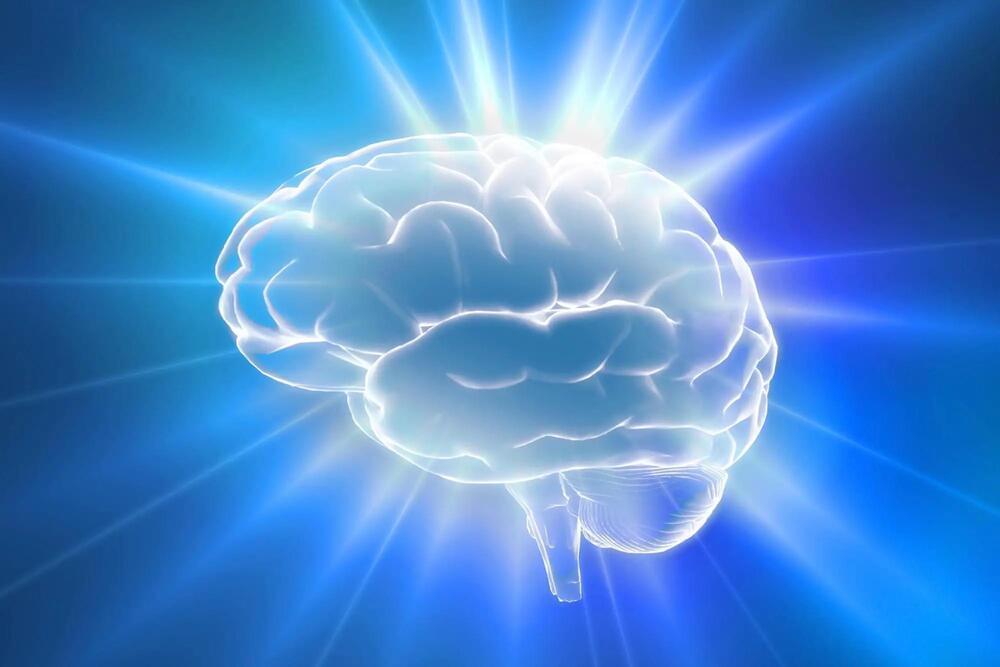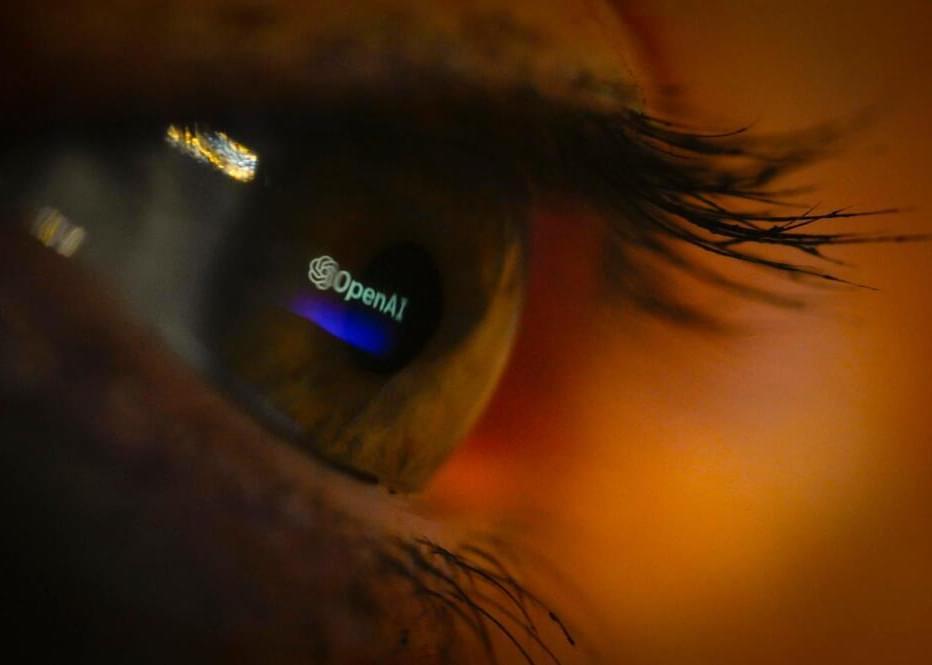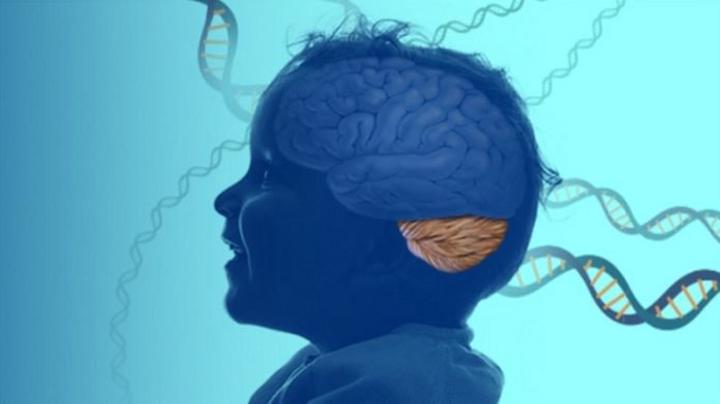Over the past decade, I’ve kept a close eye on the emergence of artificial intelligence in healthcare. Throughout, one truth remained constant: Despite all the hype, AI-focused startups and established tech companies alike have failed to move the needle on the nation’s overall health and medical costs.
Finally, after a decade of underperformance in AI-driven medicine, success is approaching faster than physicians and patients currently recognize.
The next version, ChatGPT4, is scheduled for release later this year, as is Google’s rival AI product. And, last week, Microsoft unveiled an AI-powered search engine and web browser in partnership with OpenAI, with other tech-industry competitors slated to join the fray.
It remains to be seen which company will ultimately win the generative-AI arms race. But regardless of who comes out on top, we’ve reached a tipping point.
In the same way the iPhone became an essential part of our lives in what seemed like no time, ChatGPT (or whatever generative AI tool leads the way) will alter medical practice in previously unimaginable ways.






